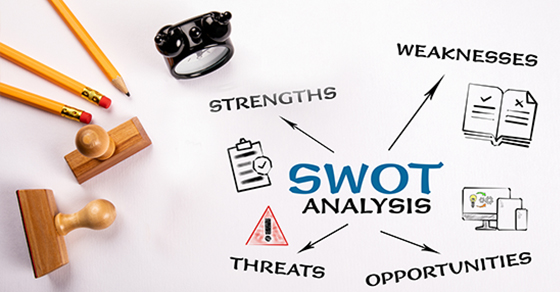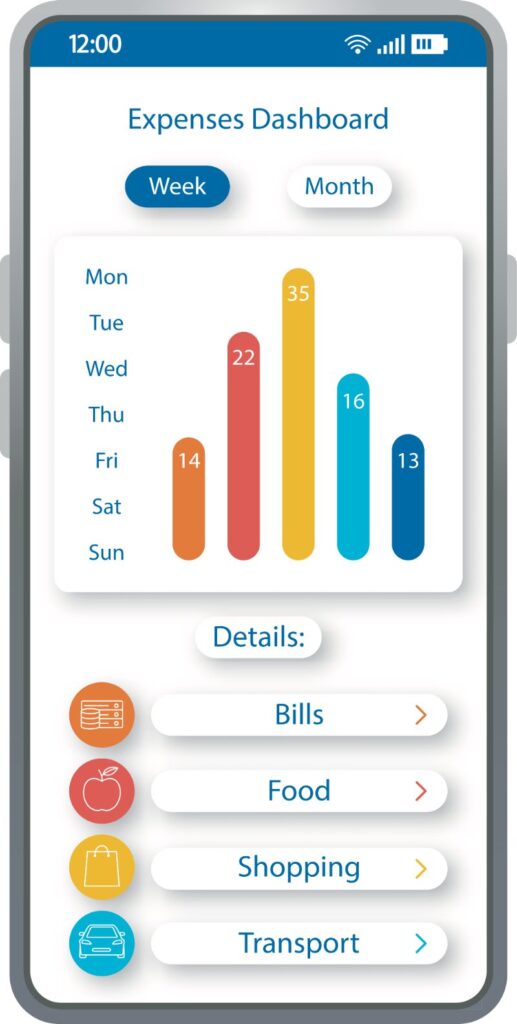
1. Benchmarking
Historical financial statements can be used to evaluate the company’s current performance vs. past performance or industry norms. A comprehensive benchmarking study includes the following elements:
Size. This is usually in terms of annual revenue, total assets or market share.
Growth. This shows how much the company’s size has changed from previous periods.
Liquidity. Working capital ratios help assess how easily assets can be converted into cash and whether current assets are sufficient to cover current liabilities.
Profitability. This section evaluates whether the business is making money from operations — before considering changes in working capital accounts, investments in capital expenditures and financing activities.
Turnover. Such ratios as total asset turnover (revenue divided by total assets) or inventory turnover (cost of sales divided by inventory) show how effectively the company manages its assets.
Leverage. This refers to how the company finances its operations — through debt or equity. Each has pros and cons.
No universal benchmarks apply to all types of businesses. So, it’s important to seek data sorted by industry, size and geographic location, if possible. To understand what’s normal for businesses like yours, consider such sources as trade journals, conventions or local roundtable meetings. Your accountant can also provide access to benchmarking studies they use during audits, reviews and consulting engagements.
2. Forecasting
Historical financial statements also may serve as the starting point for forecasting, which is a critical part of strategic planning. Comprehensive business plans include forecasted balance sheets, income statements and statements of cash flows.
Many items in your forecasts will be derived from revenue. For example, variable expenses and working capital accounts are often assumed to grow in tandem with revenue. Other items, such as rent and management salaries, are fixed over the short run. These items may need to increase in steps over the long run. For example, if a company is currently at (or near) full capacity, it may eventually need to expand its factory or purchase equipment to grow.
By tracking sources and uses of cash on the forecasted statement of cash flows, management can identify when cash shortfalls might happen and plan how to make up the difference. For example, the company might need to draw on its line of credit, lay off workers, reduce inventory levels or improve its collections. In turn, these changes will flow through to the company’s forecasted balance sheet.
For more information
Let’s take your financial statements to the next level! We can help you benchmark your company’s performance and create forecasts from your year-end financial statements.
© 2020






